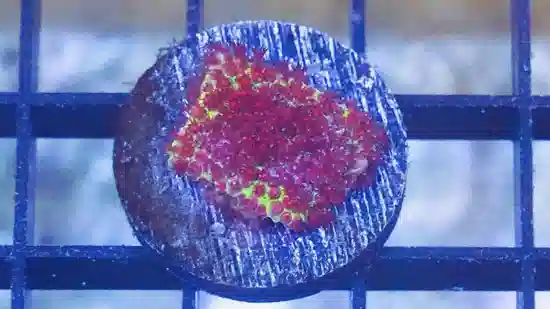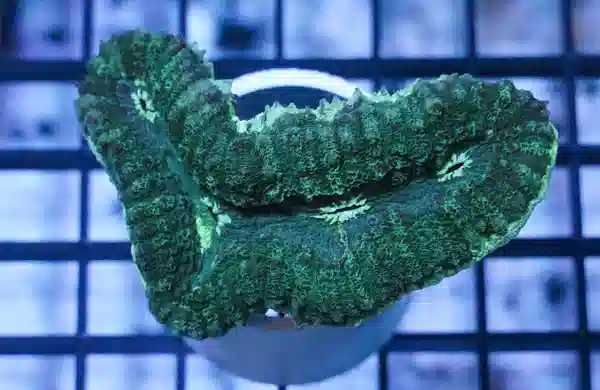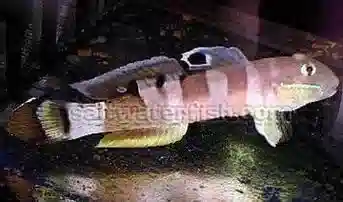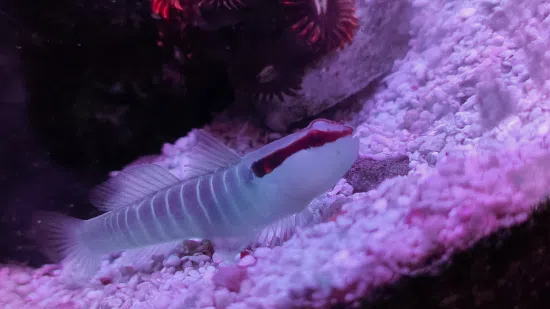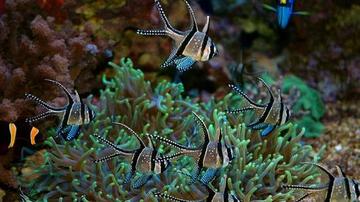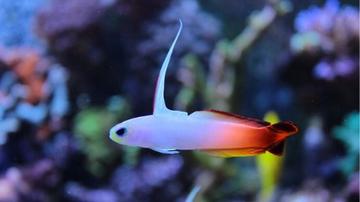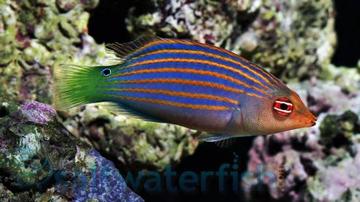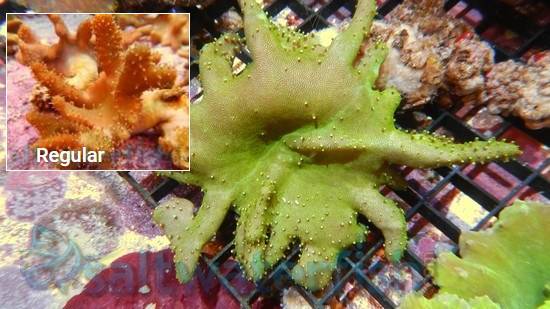The Everything Pack! Includes Fish, Coral and Invertebrates
(5 Reviews)


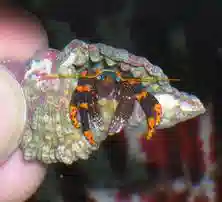
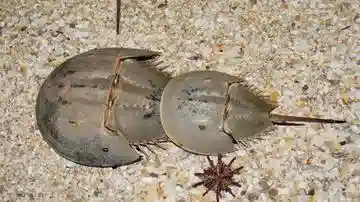
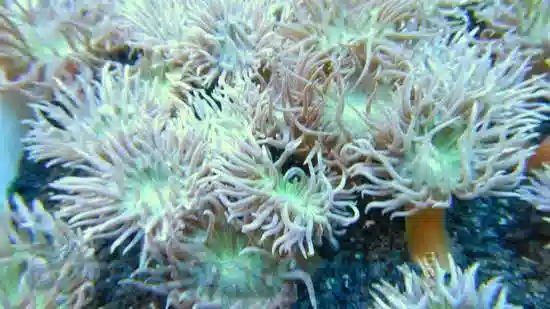
The Everything Pack! Includes Fish, Coral and Invertebrates
(5 Reviews)
{{ item.name }}
Size: {{ item.extra_field_3 }}
${{ getFormattedPrice(item.saleprice) }} ${{ getFormattedPrice(item.price) }}
To join the waiting list, click here
Free Shipping
With
$199.00
or more in Marine Life.
More details...
The Everything Pack! Includes Fish, Coral and Invertebrates Care Facts
There are no key facts available for this product.
Perfect! Just what I needed to start my Nano Reef tank. Everthing showed up alive and is doing well a month later. Will be using your store in the future.
Reviewed by: Andrew on March 13, 2017
The reef pack is awesome!
Reviewed by: Emmanuel Burgot on Feb. 19, 2017
Great reef recharge pack, ordered this with two things in mind first I have two wrasses that are pushy to anything stationary, and secondly, I probably wouldn't see these guys again since they were going in such a large tank 6ft (125 gal) but three weeks later I still see everyone is fat and happy. Well almost everyone shrimp was eaten soon after arrival, it would be great if you could swap something like the shrimp for an extra crab?
Reviewed by: Jd on April 28, 2016
Everything looked healthy
Reviewed by: Joe Haggart on May 25, 2015
Awesome deal for a dollar!
Reviewed by: Darius Kings on April 22, 2015


